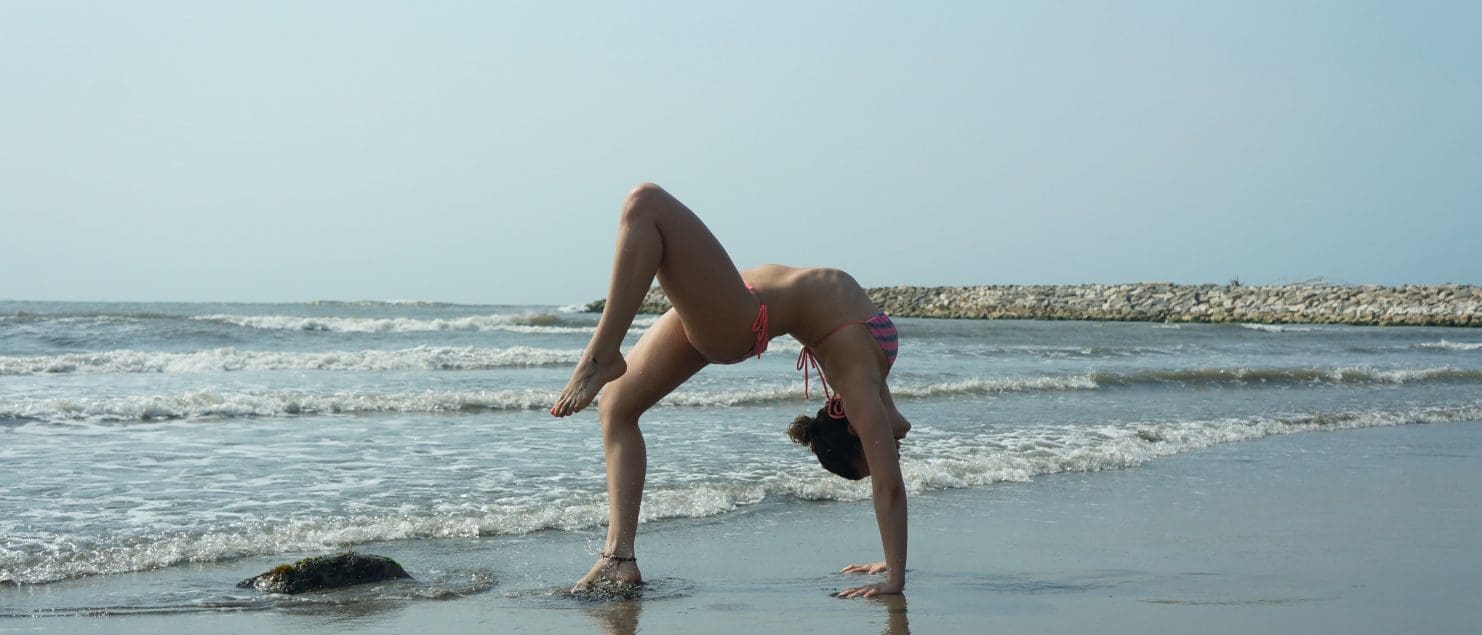Disc Treatment
Now that we understand a little about what happens to our discs that makes them hurt, we can talk about how to stop the pain. Remember, the big idea from the previous article is that pain comes from the annulus being overstretched because the nucleus is repeatedly pushed into it by repeatedly bending the spine in that direction.
This key point tells us how to fix it. First and foremost, bend the spine repeatedly in the opposite direction. Second, it’s easier to move something when it’s less compressed by gravity, so pulling the vertebrae directly apart will make it easier to move the nucleus.
While sitting obviously bends the spine backward, what if we sit leaned off to one side? Going back to our analogy of the disc as like a ball bearing between two plates, we see that the ball bearing could be shifted in any direction. This means it’s very important to be able to distinguish which direction the annulus has moved.
Fortunately, a hallmark of disc pain is what we call centralization. Commonly, low back disc pain is accompanied by pain radiating down the leg. As this improves, the pain moves back towards the center, or “centralizes”. What this means is that if we do something that causes centralization, it has moved the nucleus to a more centered position between the vertebrae.
The other hallmark of disc pain is what we refer to as “end-range loading”. First, we determine which ranges of motion hurt. Then, we then repeatedly move the spine at the end of its range of motion in the direction we think will recenter the nucleus. If we are correct, we should see some form of centralization, or simply a decrease in the pain.
Using a special adjustment to decompress the vertebrae is a very effective way of treating this. Once the vertebrae are pulled away from one another, it’s much easier for the nucleus to resume a centered position. This adjustment is known as a distraction adjustment, and uses a special table to reduce the pressure within the disc. This can significantly decrease the pain by itself. Additionally, the displacement of the nucleus can also put pressure on a nerve. Nerve compression and inflammation can cause a lot of leg pain, which the distraction adjustment can relieve.
However, there are a lot of hours in the week in which the patient isn’t getting adjusted. End-range loading gives us exercises that assist in maintaining the centered position of the nucleus. Done repeatedly throughout the day (reversing the process of injury), end-range loading exercises can dramatically assist the adjustment in stimulating the healing process and decrease your pain.


